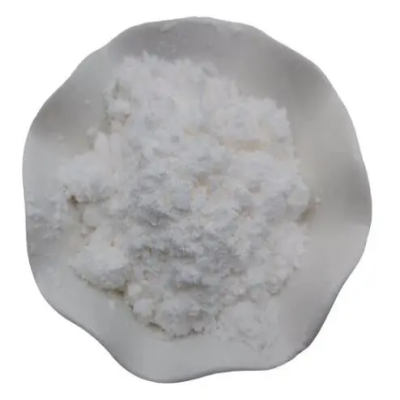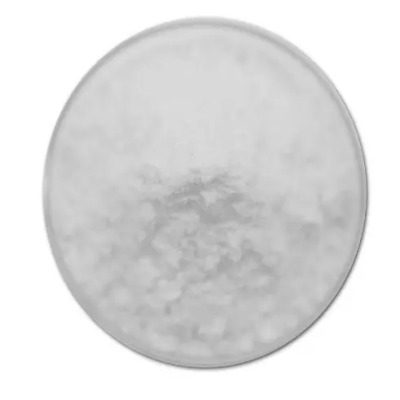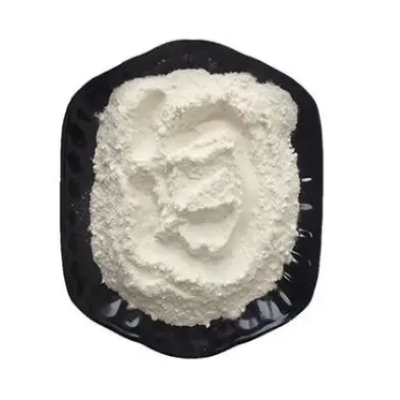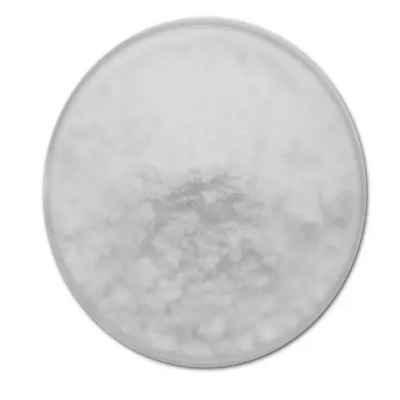2,6-Dichlorobenzaldehyde CAS:83-38-5
2,6-Dichlorobenzaldehyde is notable for its unique structure, comprising a benzene ring with two chlorine atoms and an aldehyde group. The substitution pattern on the benzene ring impacts the compound's reactivity and properties, allowing for diverse applications in organic chemistry. One of the primary uses of 2,6-dichlorobenzaldehyde lies in the chemical industry as a building block for synthesizing various pharmaceuticals and agrochemicals. The compound's chlorinated nature provides enhanced lipophilicity and biological activity, making it an attractive candidate for drug development. For instance, derivatives of 2,6-dichlorobenzaldehyde may exhibit anti-inflammatory, antimicrobial, or anticancer properties, contributing to the formulation of new therapeutic agents. Additionally, the compound serves as a key intermediate in the synthesis of dyes and pigments. Due to its ability to undergo electrophilic substitution reactions, 2,6-dichlorobenzaldehyde can be utilized as a precursor for producing vibrant colorants used in textiles, plastics, and coatings. The incorporation of chlorine atoms into dye structures often improves their stability and resistance to fading, enhancing the longevity of the final products. Moreover, 2,6-dichlorobenzaldehyde finds application in materials science, particularly in the development of polymers. By incorporating this compound into polymer matrices, manufacturers can achieve desirable mechanical and thermal properties, resulting in high-performance materials suitable for a wide range of applications, including electronics and automotive components. The synthesis of 2,6-dichlorobenzaldehyde typically involves the formylation of 2,6-dichlorotoluene using reagents such as phosgene or other carbonyl sources, followed by hydrolysis to yield the aldehyde. This straightforward synthetic approach highlights the efficiency of converting readily available starting materials into valuable intermediates for complex chemical synthesis. Despite its utility, safety considerations must be taken into account when handling 2,6-dichlorobenzaldehyde due to its potential irritant properties. Proper laboratory practices and protective measures should be implemented to minimize exposure risks. Research efforts continue to explore greener synthetic methods and alternative pathways to reduce environmental impact. In summary, 2,6-dichlorobenzaldehyde is a crucial compound in organic synthesis, valued for its use in pharmaceuticals, agrochemicals, and dye production. Its distinctive chemical structure and reactivity facilitate a wide array of applications, highlighting its significance in modern chemical research and industrial processes.



| Composition | C7H4Cl2O |
| Assay | 99% |
| Appearance | white powder |
| CAS No. | 83-38-5 |
| Packing | Small and bulk |
| Shelf Life | 2 years |
| Storage | Store in cool and dry area |
| Certification | ISO. |








![3-CHLOROMETHYL-1-METHYL-1H-[1,2,4]TRIAZOLE CAS:135206-76-7](https://cdn.globalso.com/xindaobiotech/3J2X34TVMPYG9BHK7IO6313.png)
